Ansa Cervicalis Stimulation could become a viable ancillary respiratory neurostimulation (RNS) strategy for patients with insufficient responses to hypoglossal nerve stimulation (HNS).
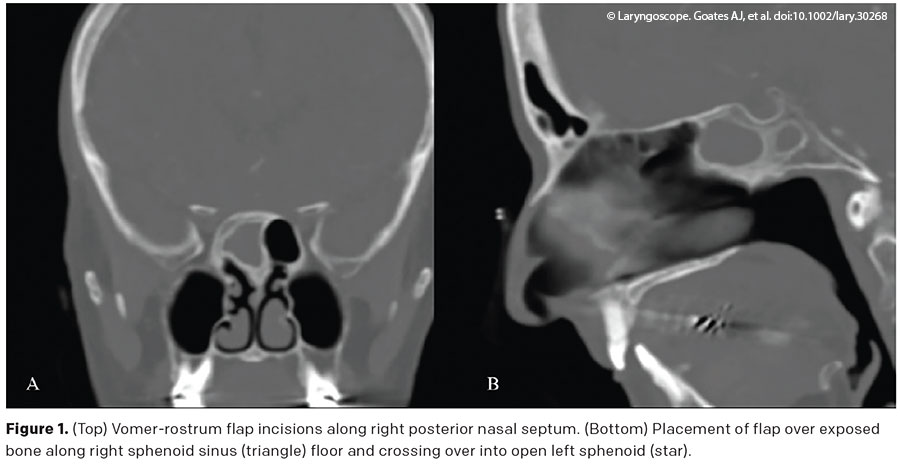

Ansa Cervicalis Stimulation could become a viable ancillary respiratory neurostimulation (RNS) strategy for patients with insufficient responses to hypoglossal nerve stimulation (HNS).
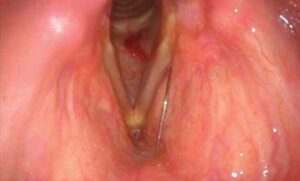
Awake in-office procedures may be the preferred treatment method for many patients who require multiple interventional treatments of the larynx, especially those at risk of being put under general anesthesia.
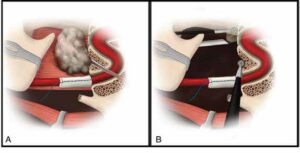
This method combines a lateral transcervical approach to provide proximal internal carotid artery (ICA) control and early visualization without the morbidity of a maxillary swing.

Multilayered repair of OAF–ONF using a pedicled intranasal flap combined with an intraoral local flap facilitated excellent closure in patients.
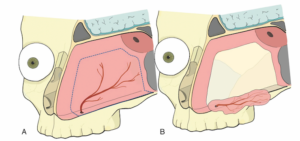
The aim of oroantral fistula management is to repair the defect, restoring the integrity of the sinus and oral cavity and preventing sinus infections.
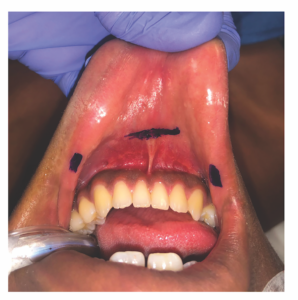
Chondrolaryngoplasty is a procedure designed to reduce a conspicuous laryngeal prominence and feminize the neck.
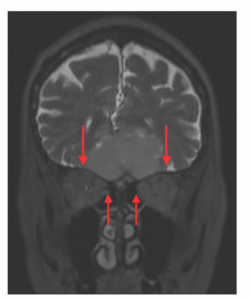
This technique may help to further expand the role of endoscopic endonasal approach for experienced skull-base teams.
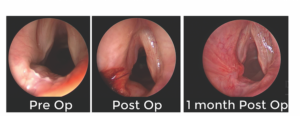
INTRODUCTION Posterior glottic insufficiency (PGI) is a potential sequela of prolonged intubation. Sustained pressure from the endotracheal tube results in ulceration, erosion of the vocal process, and subsequent tissue loss of the medial […]

The Trachealator is a novel, non-occlusive balloon dilator designed for single use.

All patients treated with the hole-punch technique had excellent results with no additional recurrences, and no patients developed cauliflower deformity.